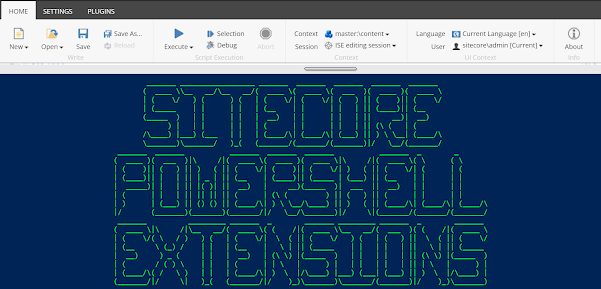Sitecore Identity Claims Mapping Gotchas
Sitecore introduced Identity server in Sitecore 9.1 version to manage authentication and authorization. It allows you to use Federated Authentication to integrate with external identity providers like Azure AD, ADFS and OKTA. I previously worked on integrating Sitecore with ADFS and more recently with OKTA for providing a SSO experience across all the corporate apps. The process for setting up Federated Authentication with an external identity provider is well documented. However, there are a couple of things that were not in the documentation that caught me off guard and broke my OKTA -> Sitecore claims mapping recently. In this article, I am going to share how to avoid those pitfalls.
To give you some context, I am mapping OKTA group membership to Sitecore roles as suggested in this Sitecore documentation. I have setup OKTA to pass groups claims to the identity server and mapping individual groups to Sitecore roles. For admins I am mapping the admin group claim to the Sitecore's isAdmin claim as suggested in this blog post by Aaron Bickle. My OKTA integration was working fine for few months until it suddenly stopped working. Users were getting error on login.
On investigation, it turned out to be users were not getting mapped to any Sitecore roles. During the investigation of this issue and fixes I tried here are the things I learned.
Misconfiguring claims mapping can lead to users getting mapped to all roles including admin
Due to the time criticalness of the issue and having not being able to find any recent changes to my claims mapping configuration or Sitecore instance I started looking for answers in all the federated authentication setup blogs and in an old blog about integrating with ADFS I found that the blogger used a slightly different way to configure the groups claims instead of what's in Sitecore documentation. Sitecore documentation suggests the below way to map groups claim to Sitecore role.
The source claim value attribute should have the group name. The blog I referred has the group's name in between the source claim open and close tags as shown below.<ClaimsTransformation1 type="Sitecore.Plugin.IdentityProviders.DefaultClaimsTransformation, Sitecore.Plugin.IdentityProviders">
<SourceClaims>
<Claim1 type="groups" value="Sitecore Developers" />
</SourceClaims>
<NewClaims>
<Claim1 type="role" value="sitecore\Developer" />
</NewClaims>
</ClaimsTransformation1><ClaimsTransformation1 type="Sitecore.Plugin.IdentityProviders.DefaultClaimsTransformation, Sitecore.Plugin.IdentityProviders">
<SourceClaims>
<Claim1 type="groups">Sitecore Developers</Claim1>
</SourceClaims>
<NewClaims>
<Claim1 type="role" value="sitecore\Developer" />
</NewClaims>
</ClaimsTransformation1>Being desperate to fix the issue asap I tried this new configuration, and it seems to have worked. Being part of the admin group, I was able to see my admin access after the change. However, this happiness was short lived as I realized everyone else is getting admin access even though they are in less privileged groups.On digging into how the default Sitecore.Plugin.IdentityProviders.DefaultClaimsTransformation claims mapping provider works, I found that when the value attribute is not present the code is just mapping all the users to all the role claims as long as there is a source claim of type groups present. This would have been a disaster if this code was shipped to production. Having averted the disaster, I reverted to my original configuration.
So, what broke my code if there were no changes to it in months? I needed to look outside of Sitecore to find the answer which bring us to my other learning out of this.
The claim values are case sensitive
After scratching head for few more hours I took a much closer look into the incoming claims and noticed a small change. The incoming claims group value's casing has changed since I first configured the claims mapping. I was expecting the value Sitecore Developers instead I was getting Sitecore developers. Someone decided to change the OKTA groups casing without understanding how this would impact the systems integrating with it. Would this one letter case change have caused the issue?
Once again on checking how the default Sitecore.Plugin.IdentityProviders.DefaultClaimsTransformation claims mapping provider works, I found out that the mapper uses StringComparision.Ordinal for comparing the incoming claim values to the source claim values configured. As the comparison is not case insensitive it broke my claims mapping. Having found the issue, I updated the source claim values to the new group values and everyone's happy to get their Sitecore access back.
Hope this saves someone from spending hours scratching their heads when their claims mapping stops working suddenly.
Hope this saves someone from spending hours scratching their heads when their claims mapping stops working suddenly.




Comments
Post a Comment